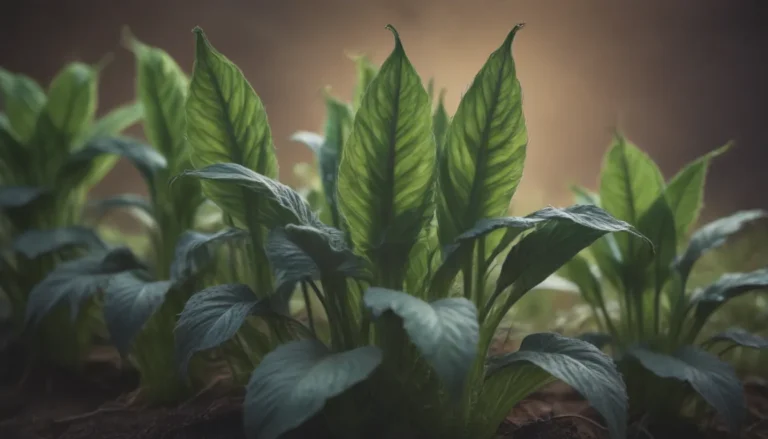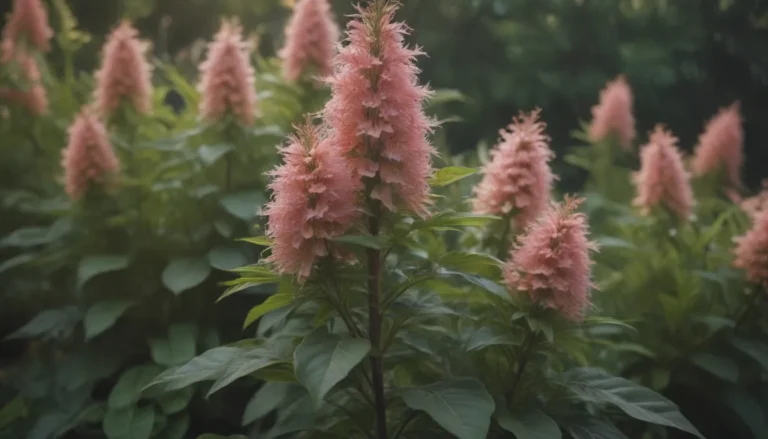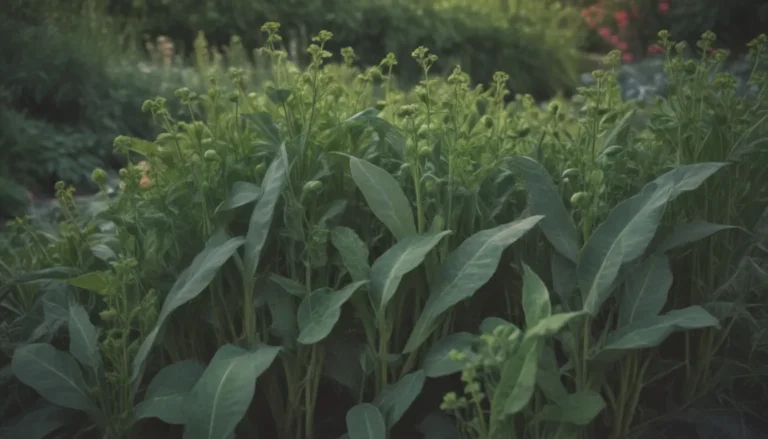The Ultimate Guide to Planting Trees with Perfect Timing

Planting a tree may seem like a simple task, but choosing the right time of year can greatly impact the tree’s chances of survival and overall health. Factors such as the type of tree and your region’s climate play crucial roles in determining the best time to plant. In this comprehensive guide, we will delve into the intricacies of tree planting to help you make informed decisions for a successful tree planting experience.
Why Timing Matters in Tree Planting
The timing of planting a tree can significantly influence its growth and survival. Planting during the optimal seasons ensures that the tree has enough time to establish itself before facing harsh weather conditions. Here are a few reasons why timing matters in tree planting:
- Moderate Weather: Planting during periods of mild weather allows the tree to adapt to its new environment without the stress of extreme temperatures.
- Healthy Root Development: Spring and fall offer ideal soil temperatures for root growth, enabling the tree to establish a strong root system.
- Preventing Stress: Avoiding extreme weather conditions in summer or winter helps prevent stress on the tree, reducing the risk of damage or death.
Best Time to Plant by Season
Spring Planting
Spring is an ideal time to plant trees in northern climates, as it allows the tree to establish itself before the onset of freezing temperatures. Benefits of spring planting include:
- Preventing Early Freeze: Planting in spring avoids the risk of roots being shocked by early freezes in fall.
- Ample Water Supply: Spring ensures that water is readily available for the tree’s growth, reducing the risk of dehydration.
Fall Planting
For warmer regions, fall planting is recommended to help trees establish before the hot summer months. Benefits of fall planting include:
- Avoiding Summer Stress: Trees planted in fall are less likely to be stressed by high temperatures.
- Establishment Before Winter: Fall planting allows the tree to develop roots before facing harsh winter conditions.
Best Time to Plant by Tree Type
Different types of trees have varying planting requirements based on their growth patterns and seasonal cycles. Understanding the best time to plant specific tree types can enhance the success of your planting efforts.
- Deciduous Trees: Plant these trees between the fall leaf drop and bud unfurling in spring, avoiding frozen ground conditions.
- Evergreen Trees: Evergreens can be planted earlier in fall and later in spring than deciduous trees, as they do not undergo dormancy like deciduous trees.
Best Time to Plant by Growing Method
The method of tree growth, whether bare-root, container-grown, or balled-and-burlapped, also influences the best time for planting. Each method has its advantages and considerations when it comes to planting trees.
Bare-Root Plants
Bare-root plants are cost-effective and easy to transport, but they require careful handling and immediate planting. Consider the following tips for planting bare-root trees:
- Avoid Frost: Plant bare-root trees in early spring to prevent damage from late winter frost in northern regions.
- Accelerated Growth: Bare-root trees may grow faster than container-grown or balled-and-burlapped trees due to their direct exposure to soil.
Container-Grown and Balled-and-Burlapped Trees
Container-grown and balled-and-burlapped trees offer a more protected root system, providing a higher chance of survival during transplanting. Here are some tips for planting these types of trees:
- Year-Round Planting: These trees can be planted in spring or fall, with a greater margin for error compared to bare-root plants.
- Root Protection: The established root ball in container-grown trees reduces the risk of root damage during transplanting.
Key Considerations for Successful Tree Planting
- Soil Preparation: Ensure the soil is well-drained and nutrient-rich to support healthy root growth.
- Proper Watering: Provide adequate water for newly planted trees, especially during dry spells, to prevent dehydration.
- Mulching: Mulch around the base of the tree to retain moisture, regulate soil temperature, and prevent weed growth.
- Pruning: Trim any damaged or crossing branches to promote healthy growth and structural integrity.
By considering these factors and following best practices for tree planting, you can enhance the success of your landscaping projects and enjoy the beauty of a well-established tree in your garden.
Planting a tree is a rewarding experience that can benefit your landscape for years to come. By choosing the right time, understanding the needs of your tree species, and following proper planting techniques, you can create a thriving environment for your trees to flourish. Happy planting!





